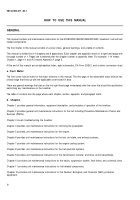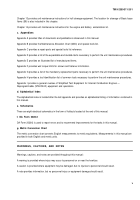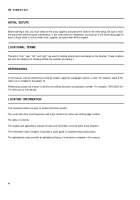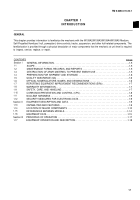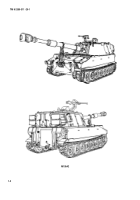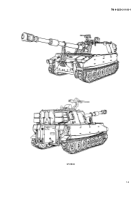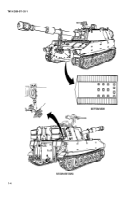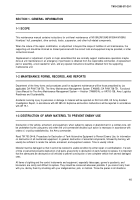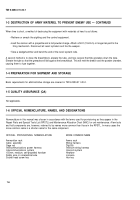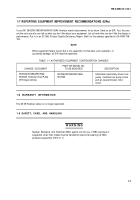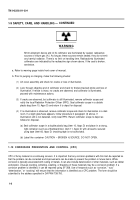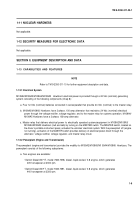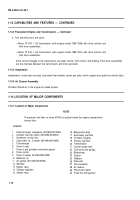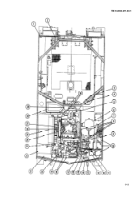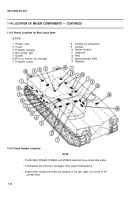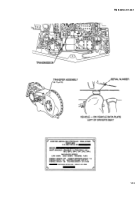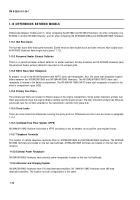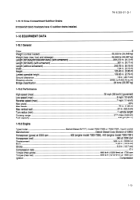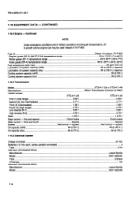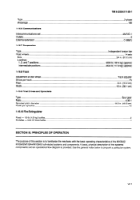TM-9-2350-311-20-1 - Page 22 of 1275
TM 9-2350-311-20-1
1-9 SAFETY, CARE, AND HANDLING — CONTINUED
WARNING
M140 alinement device and Al Al collimator are illuminated by sealed, radioactive
sources of tritium gas (H
3
). As long as these sources remain sealed, they do not emit
any harmful radiation. There is no limit on handling time. Radioactively illuminated
collimators are indicated by the radioactive sign shown above. If the seal is broken,
see below.
a. Refer to warning page inside front cover of manual.
b. Prior to purging or charging, make the following checks:
(1)
(2)
(3)
(4)
Lift cover assembly and check for cracks or loss of illumination.
Look through objective end of collimator and check for broken/cracked reticle and loss of
illumination. If reticle is intact, no cracks are observed, and collimator is illuminated,
proceed with maintenance actions.
If cracks are observed, but collimator is still illuminated, remove collimator scope and
notify the local Radiation Protection Officer (RPO). Seal collimator scope in a double
plastic bag (item 10, Appx D) and return it to depot for disposal.
If no illumination is observed, remove collimator scope and check for illumination in a dark
room. If a slight glow/haze appears, follow procedure in paragraph (3) above. If
illumination still is not detected, notify local RPO. Return collimator scope to depot as
follows for disposal.
(a) Seal collimator scope in a double plastic bag (item 10, Appx D) and place in a strong,
tight container (such as a fiberboard box) (item 11, Appx D) with all seams secured
using tape (item 60, Appx D) (masking tape is not authorized).
(b) Label the container CAUTION – BROKEN H
3
SOURCE. DO NOT OPEN.
1-10 CORROSION PREVENTION AND CONTROL (CPC)
CPC of Army materiel is a continuing concern. It is important that any corrosion problems with this item be reported so
that the problem can be corrected and improvements can be made to prevent the problem in future items. While
corrosion is typically associated with rusting of metals, it can also include deterioration of other materials, such as rubber
and plastic. Unusual cracking, softening, swelling, or breaking of these materials may be a corrosion problem. If a
corrosion problem is identified, it can be reported using SF 368. Use of keywords such as “corrosion,” ‘rust,”
“deterioration,” or “cracking” will ensure that the information is identified as a CPC problem. The form should be
submitted to the address specified in DA PAM 738-750.
1-8
Back to Top

